Nest recording
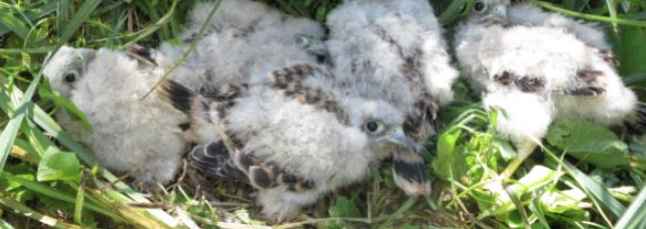
Nest recording involves regularly monitoring nests, ideally from the commencement of building all the way through to the successful fledging of pulli, although the start point is often part way through this progression, and the end point before fledging due to some failure event.
Data is collected on timing, habitat, nest location, clutch size, brood size and outcome. This is then submitted to the BTO’s Nest Record Scheme (https://www.bto.org/our-science/projects/nest-record-scheme). If the pulli reach an appropriate size while in the nest the opportunity is taken to ring them.
Currently pullus ringing accounts for about 40% of all the birds ringed by CVRS. Several species ringed as pulli are rarely if ever caught in the nets so pullus ringing accounts for nearly all the birds ringed of these species at CVL, ie Barn Owl, Jackdaw, Kestrel, Stock Dove, Tawny Owl and Woodpigeon.
There are 2 main categories of nests monitored, those in nest boxes and ‘open’ nests, the latter being somewhat more challenging as each of them has to be found each year.
Within the CVRS operating area at the southern end of the lake there are about 150 nest boxes of various designs and sizes, but mainly traditional tit boxes. The pulli ringed in these and other boxes located around the lake account for ⅔ of all Blue Tits ringed by CVRS, and ¾ of all Great and Coal Tits. Monitoring some of the nest boxes and ringing the resulting pulli for a single breeding season, all under close supervision, is often the way a trainee ringer commences their progression towards becoming a fully trained ringer. If an adequate level of competence is demonstrated then the BTO will grant them a restricted C licence with an endorsement for nest box nesting passerines/near passerines, meaning they can subsequently carry out this activity unsupervised at Chew or elsewhere.
Nest records have been submitted for 51 different species from CVL, 3 of which have required the prior acquisition of a Schedule 1 licence – Barn Owl, Cetti’s Warbler and Goldeneye.
Nest recording has also facilitated requests for assistance from other organisations. Used nests have been made available to researchers for particular species (Cetti’s Warbler, Treecreeper and Jay), and Reed Warbler pullus faecal samples have been collected for a PhD project comparing the diets of adults and nestlings.
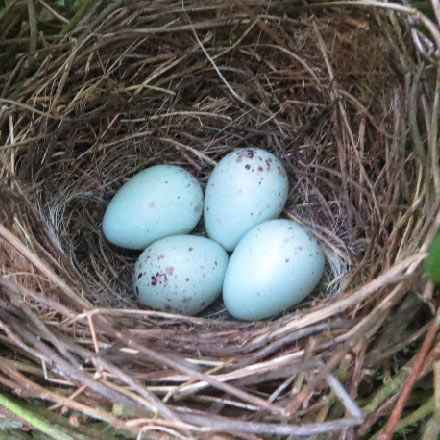 Bullfinch
Bullfinch
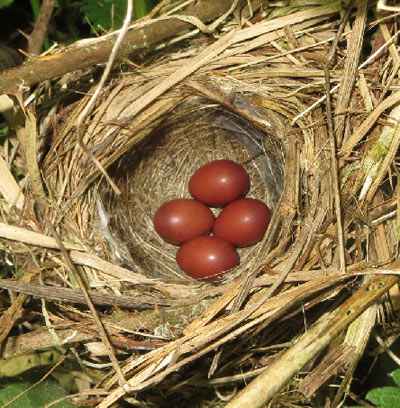 Cetti's Warbler
Cetti's Warbler
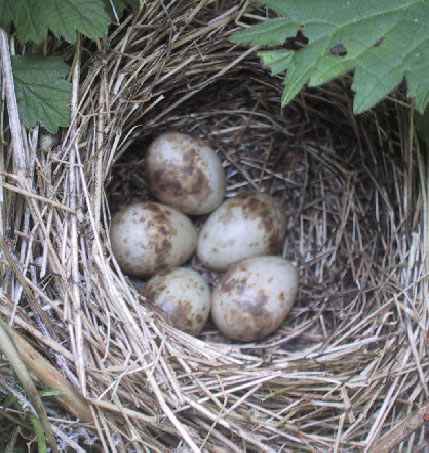 Garden Warbler
Garden Warbler
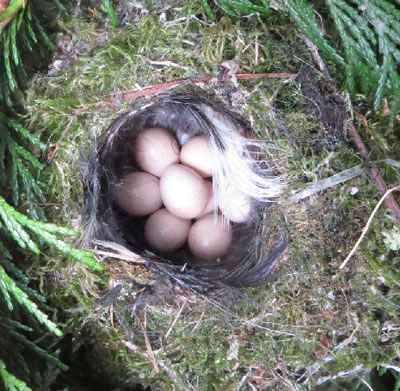 Goldcrest
Goldcrest
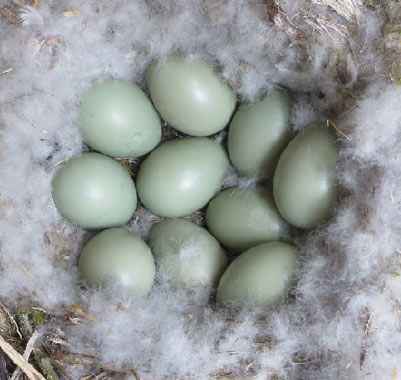 Goldeneye
Goldeneye
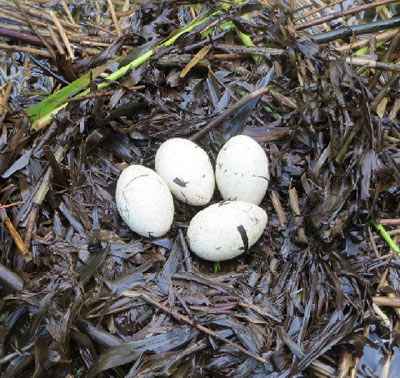 Great Crested Grebe
Great Crested Grebe
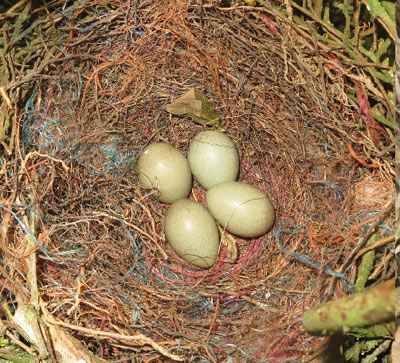 Jay
Jay
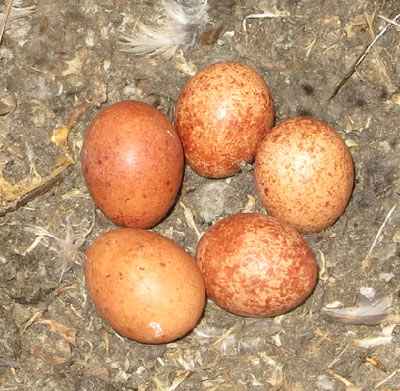 Kestrel
Kestrel
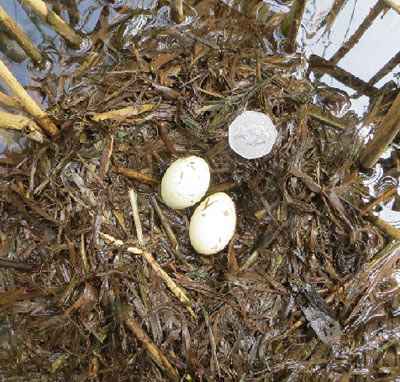 Little Grebe
Little Grebe
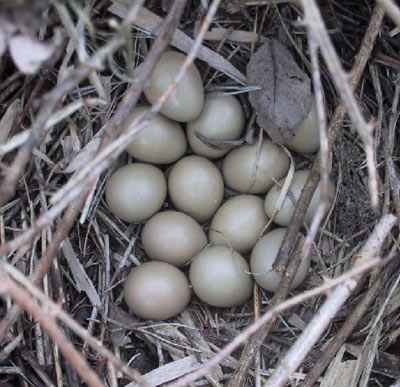 Pheasant
Pheasant
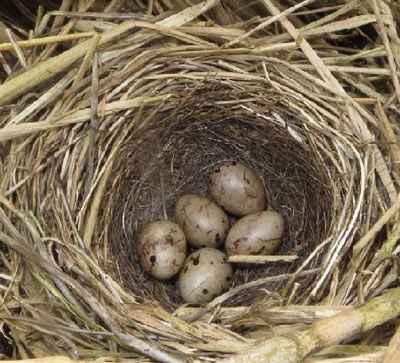 Reed Bunting
Reed Bunting
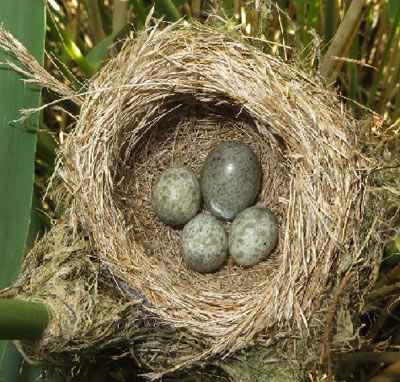 Reed Warbler & Cuckoo
Reed Warbler & Cuckoo
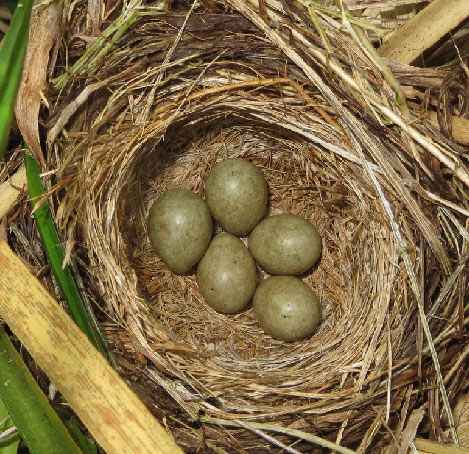 Sedge Warbler
Sedge Warbler
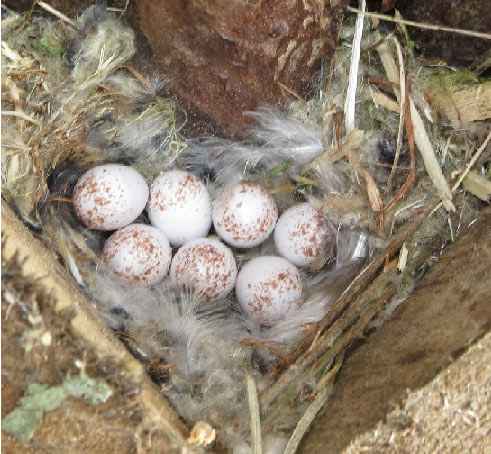 Treecreeper
Treecreeper
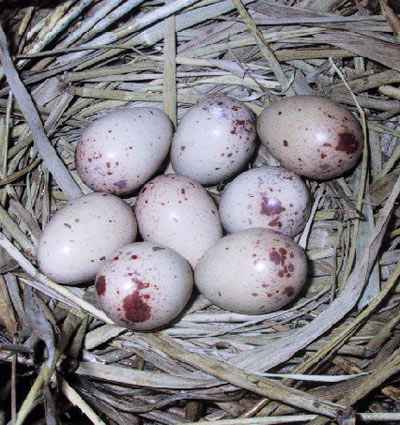 Water Rail
Water Rail